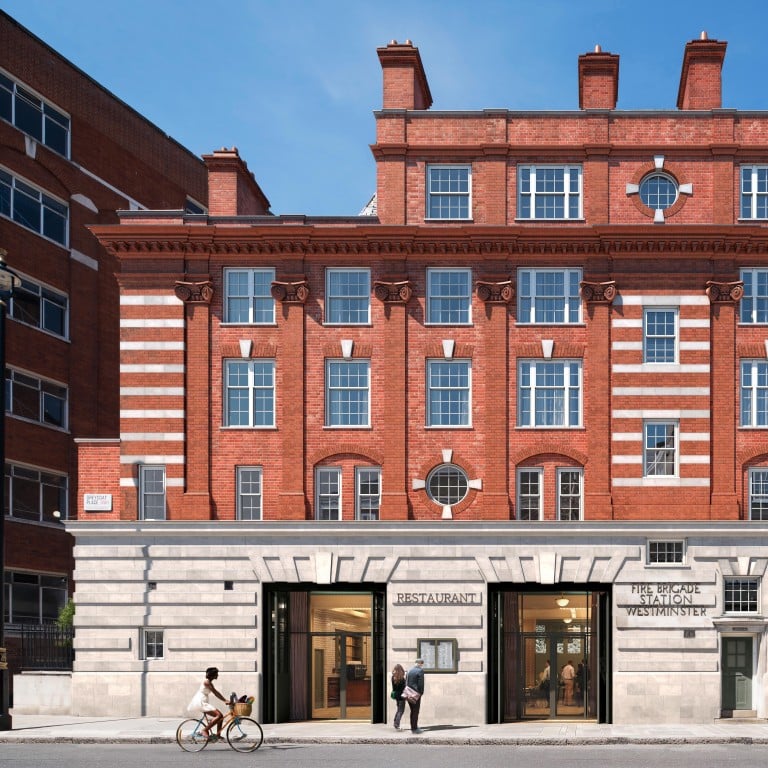Luxury housing projects in London and New York combine spaces to work, learn and exercise – how will the pandemic affect our homes and how we live in the future?

Flexible spaces for working or learning from home are just the start – architects cite the ‘15-minute city’ with all you need to live, work and play within a small radius of home
During the pandemic, homes have been serving as makeshift workplaces, schools, gyms, playgrounds and social spaces, on top of their primary purposes. We asked three design professionals what lessons have been learned from lockdown, and how those experiences might impact house design in the future.
Architect Marion Baeli, partner at PDP London, believes the pandemic can be a wake-up call for the profession and society at large.

While flexibility and adaptability are two characteristics that have become paramount, being in lockdown has also revealed the importance of good architecture and brought about a renewed appreciation for a home of decent dimensions, light and vistas, well inserted in its context, Baeli explains.
“We have underestimated the importance of all these aspects, blinded to them by our rushed lifestyle as our life outside the home compensated for mediocre housing,” she says. “(As architects), we need to rethink the way we design with the implication of lockdown and confinement conditions in mind. This will cause a big shift in the current approach, but it is necessary and in fact a great opportunity to make better, more meaningful and purposeful architecture for the long term.”
Baeli believes that external environments and flexible internal living spaces will be key. “Individual spaces, rather than communal spaces, will allow for easier isolation,” she said, citing the concept of a “15-minute city”, where everyone is able to meet all or most of their needs within a short walk or bike ride from home.

As an example of a varied urban experience, Chelsea Barracks, an elite new neighbourhood in Belgravia, London, crafted on the site of the former British Army Barracks, includes housing, a restaurant and a chapel, open to the public for cultural exhibitions. The town houses are large, allowing for individual space and privacy, and feature a range of amenities that contribute to an occupant’s physical and mental health: a swimming pool, gym, cinema and an array of external areas that provide a spatial freedom that Baeli describes as a rare find in London.
